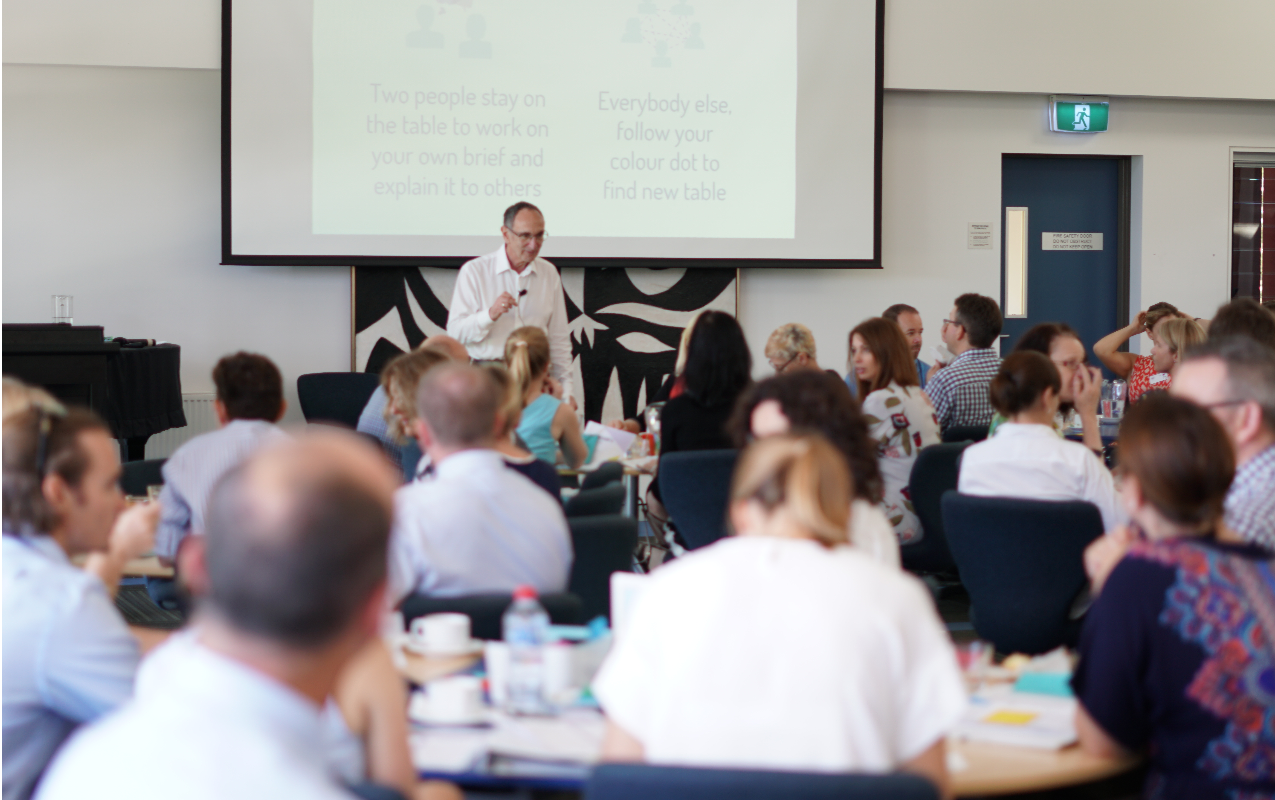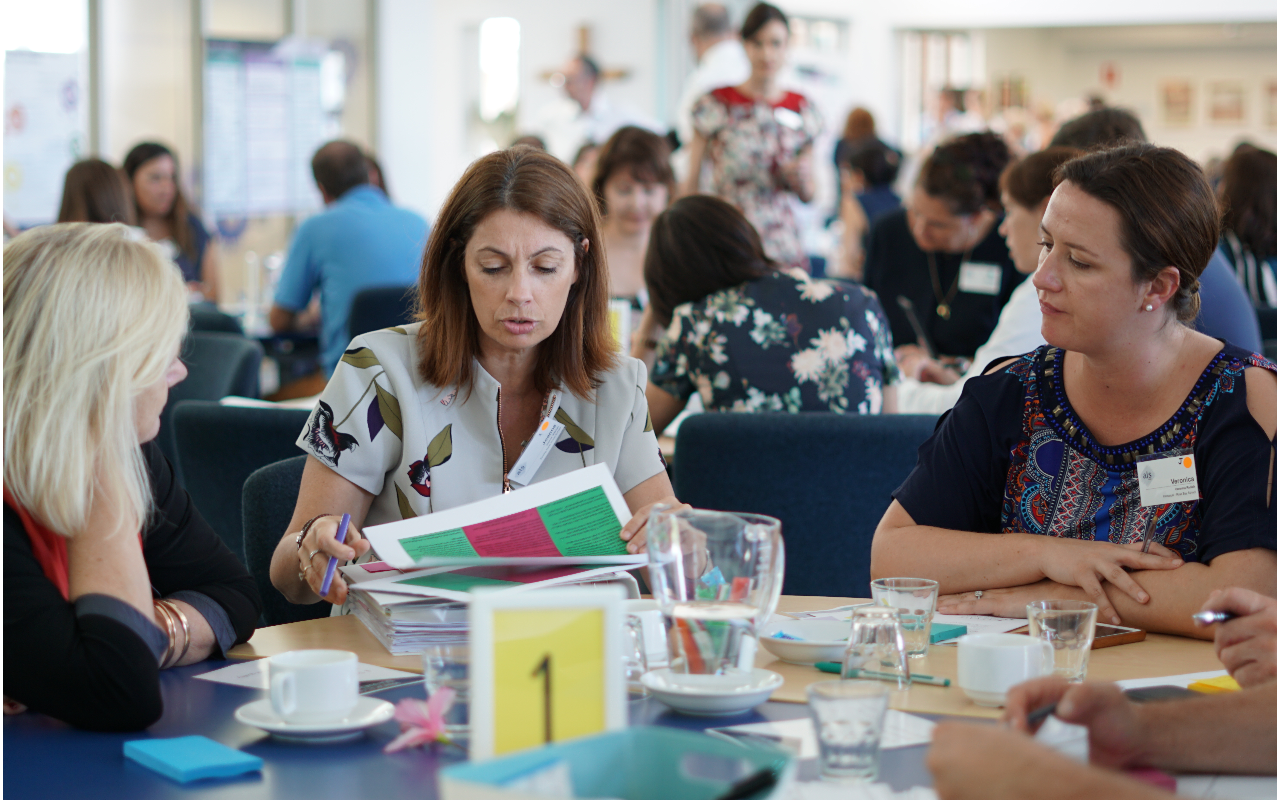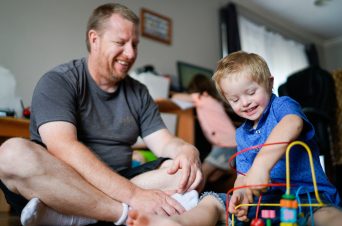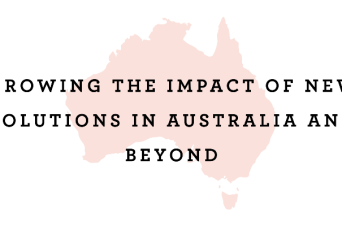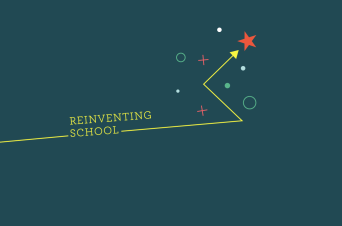Unleashing Brilliance
Elevate insights
With Association of Independent Schools of New South Wales (AISNSW), New South Wales, Australia
From 2015 to 2018 design teams from 40 independent, catholic and government schools across New South Wales, Australia worked together to generate new ideas for learning; to prototype and test the most promising; and to scale the ideas that delivered the greatest benefit for learners across their schools. Their shared mission: to look beyond traditional gifted and talented programs to identify, support and maximise high potential in all their learners by designing powerful new learning experiences that would increase engagement and improve outcomes.
Now complete, ELEVATE has generated a wealth of insight and exciting new learning designs, which are captured in the ELEVATE Insights Series and available free to download from the AISNSW website.
elevate in numbers
40 SCHOOL DESIGN TEAMS
Over 3 years in 3 communities of practice - the schools that brought ELEVATE to life
70 SCHOOLS AND 2500 INDIVIDUALS
in a community of interest following and engaging with ELEVATE schools
12 PROMISING PURSUITS
ideas emerging from ELEVATE recommended for other schools hoping to improve learning experiences and outcomes for high potential learners to explore
7 powerful enablers
necessary for transformative change discovered by ELEVATE schools
School design teams began by getting to know the learners in their own schools. Despite the different contexts, experiences and ages of the 200 students they heard from, strong and consistent themes emerged from the ethnography. These are captured in Sharpening Focus – Discovering Brilliance, along with the implications that school design teams could see for how they needed to change culture and practice to meet their students’ needs.
Teams were initially confronted by some of the messages they heard from students and challenged by how much change would be required if they were to truly address the issues they uncovered. They realised that school needs to connect more directly to the passions and interests of students and their lives outside of school; that students need to feel more ownership and control over their learning – have more choice – if they are to understand its value and deeply engage; and how important it is that students see the relevance of what they are learning to the future in general and their own future lives in particular.
“We realised that we really had to put the students first and really think about their voice authentically and not just what we thought their voice was.” ELEVATE participant
To explain and evidence their purpose in ELEVATE, and to recruit others to it, each school team personalised a central ‘case for change’ a data-informed narrative that balanced a respect for the past successes of their school with a clear-eyed vision for what would be required in the future – and what needed to change to get them there. The schools’ cases for change highlight a need to improve teachers’ understanding of how to personalise learning and to recognise and provide opportunities to effectively stretch and challenge students. They indicate a need to better prepare students with the necessary work skills for the future. And they point to structures and cultures in schools which can limit innovation and nurture compliant, risk-averse students, dependent on their teachers and overly focused on grades at the expense of learning.
“We’ve recognised that the infrastructure that’s in our schools at the moment, is to some degree suffocating what we want for high potential learners and what we’ve got to do is get those shackles away from ourselves to enable us to explore this fabulous idea.” ELEVATE participant
Developing their case for change was a real crunch moment for some of the schools and particularly for school leaders. As in many education systems, schools in NSW can find themselves competing for students and resources, and it takes strong and courageous leadership to set a course to the future that diverges from what has worked in the past.
To help set their course, to stimulate new ideas and to encourage bold ambition, a horizon scan highlighted how high potential has been identified and supported in schools around the world and in other sectors outside of education too. In Unleashing Brilliance 30 different approaches were examined, which provided clues and starting points on which the design teams could build.
“We have learnt that when encouraging risk taking in students, we must be able to provide the environment for that to happen. It is important to explore what really challenging learning experiences are like.” ELEVATE participant
Alongside evidence from the horizon scan, research from the OECD about innovative learning environments known to increase student achievement helped school design teams to develop quality criteria and success indicators that would make sure their new designs would result in better – not just different – learning outcomes for students.
OUR IMPACT
“Since ELEVATE there is a change in language and attitude. It’s provided a whiff of excitement in the whole school; added a layer of passion about what we are doing. We are doing something very exciting. All staff have made an assumption that they are part of it. This has to happen! Otherwise change will not be sustainable.” ELEVATE participant
Using disciplined innovation methods developed by Innovation Unit and supported by AISNSW coaches as described in Innovating and Leading Brilliance, school teams developed and tested a range of prototypes designed to address the specific needs of high potential learners in their context. Interesting new learning designs include:
- An elective module in which students pursue a negotiated learning experience that links them directly to industry or community leaders in their local area.
- An innovative space where students and teachers can work together on negotiated challenges in ways not possible in an ordinary classroom.
- A new learning culture developed through workshops focusing on metacognition.
Beyond exciting new learning designs in individual schools, teams identify significant shifts in the way teachers think about their practice and what they expect from professional learning.
“Sometimes we’re in this very fixed mindset of being solutions focused, give me a solution, let’s go with it, let’s move, let’s go, we’re always in a hurry. Because we shape what happens we have to give ourselves time to do that. You’ve got to reset yourself and free fall a little. It’s scary but it’s worth it.” ELEVATE participant
Leaders in ELEVATE schools see the value of working with other schools in a dynamic and diverse community of practice and continue to adapt the tools and processes used in the program to create in school cultures conducive to powerful collaboration and disciplined innovation.
“You will find you will use this [innovation] process back in your schools in other contexts and it’s highly, highly valuable.” ELEVATE participant
MORE ABOUT INNOVATION UNIT AUSTRALIA NEW ZEALAND
If you have questions about Elevate, or are interested in talking further about design led professional learning for teachers and how Innovation Unit could help, please get in touch with Martin James.
Project team
Keren Caple
Chief Executive
(Australia New Zealand)
Emma Scott
Senior Project Lead, Youth and Families
(Australia New Zealand)
Martin James
Director, Innovation and People
(Australia New Zealand)
David Albury
Senior Associate
Julie Temperley
Senior Associate
